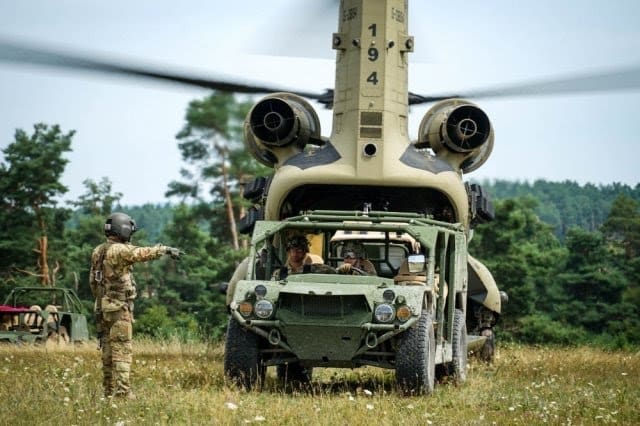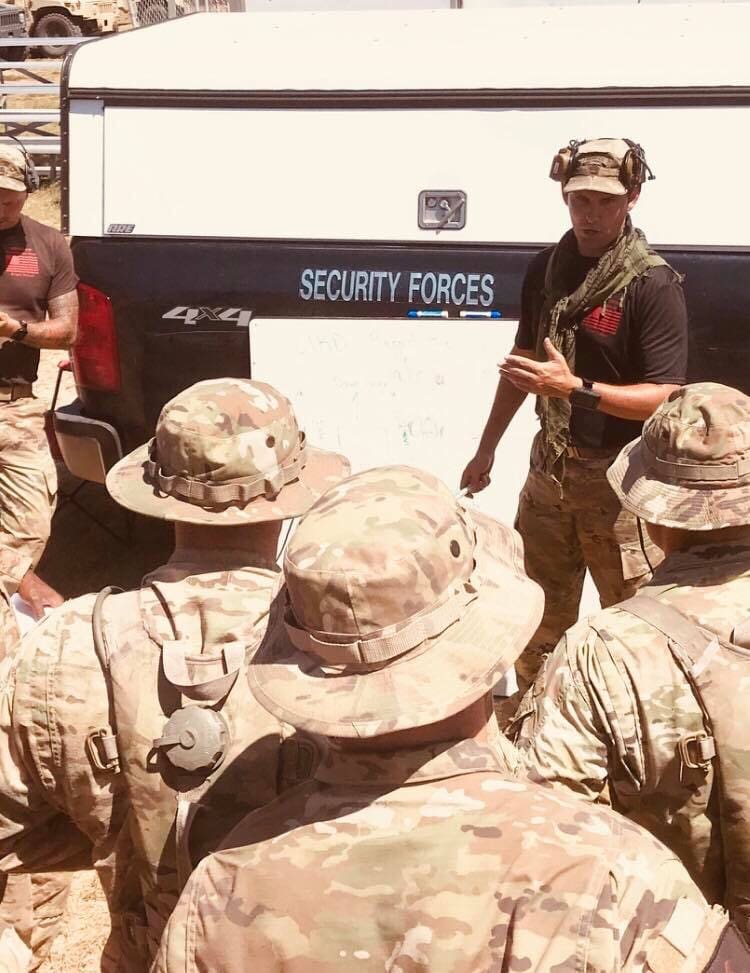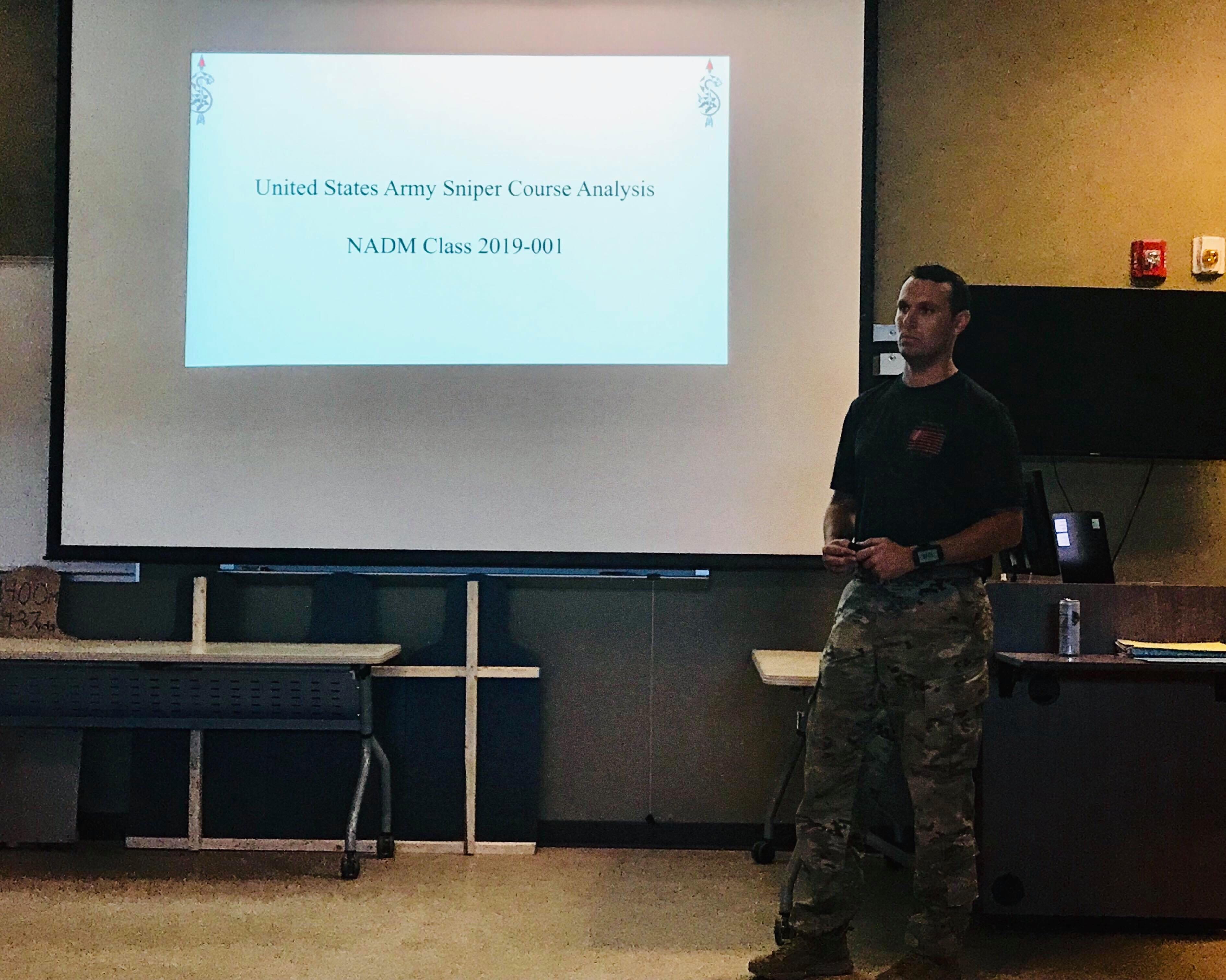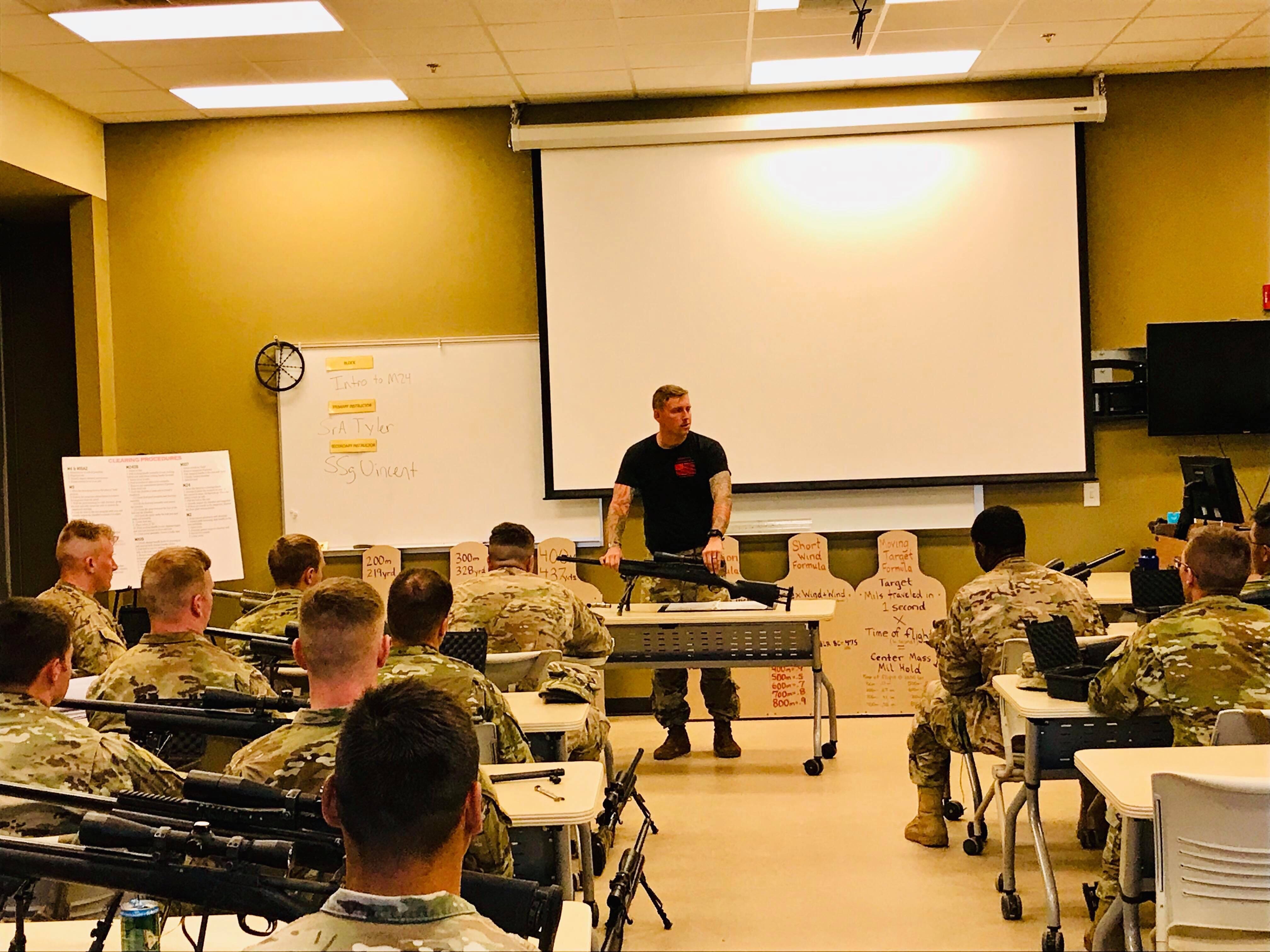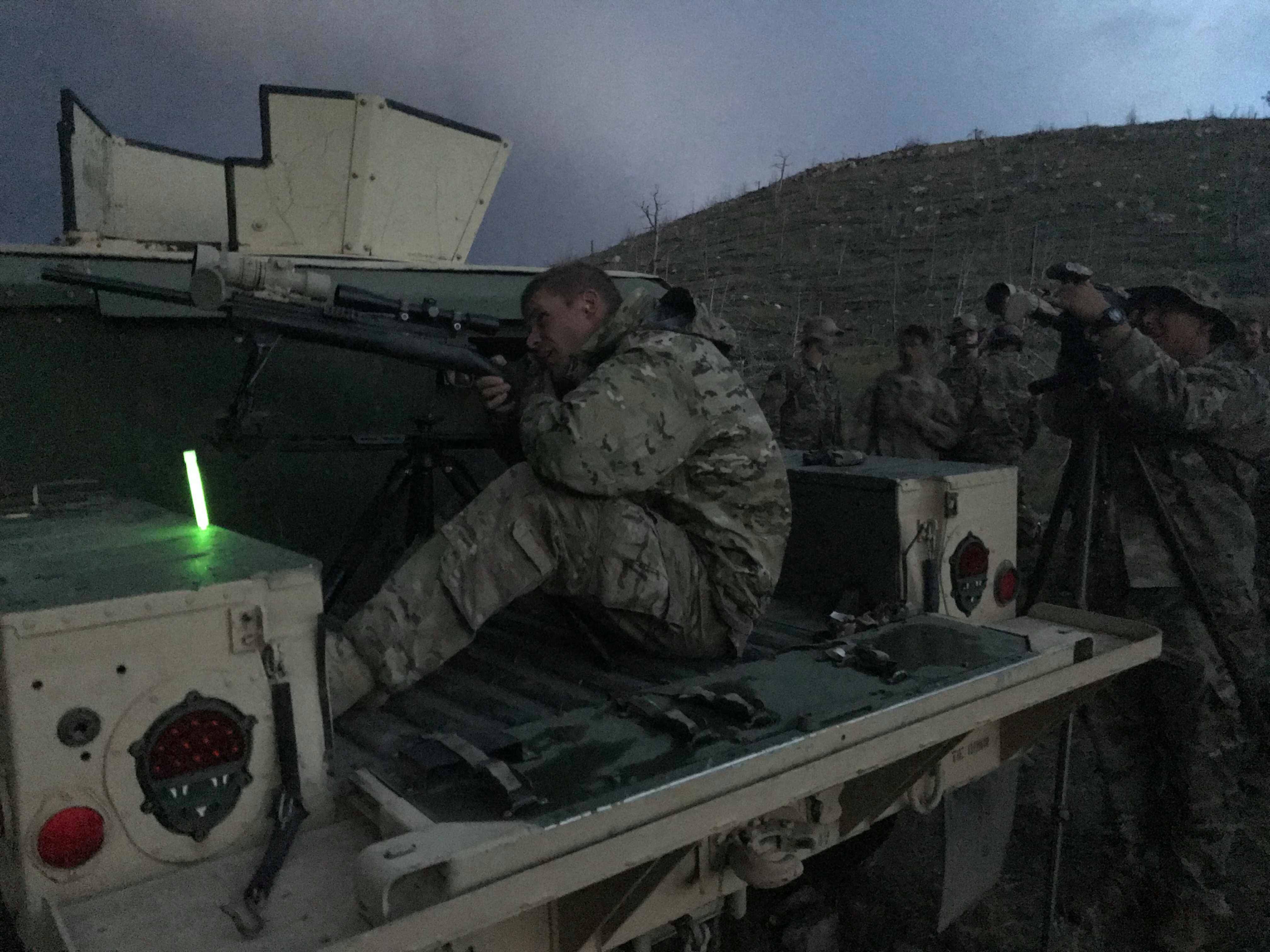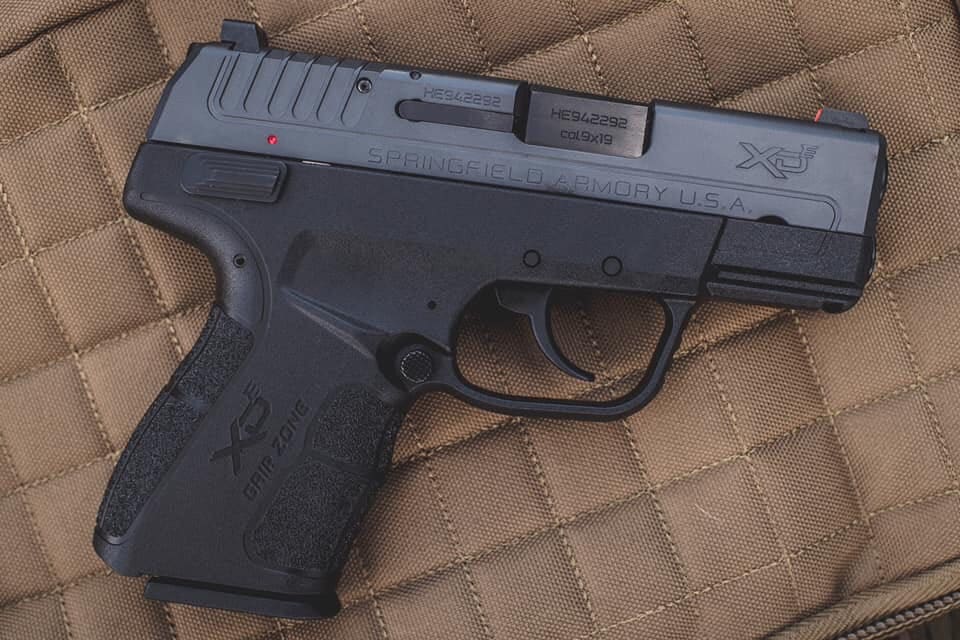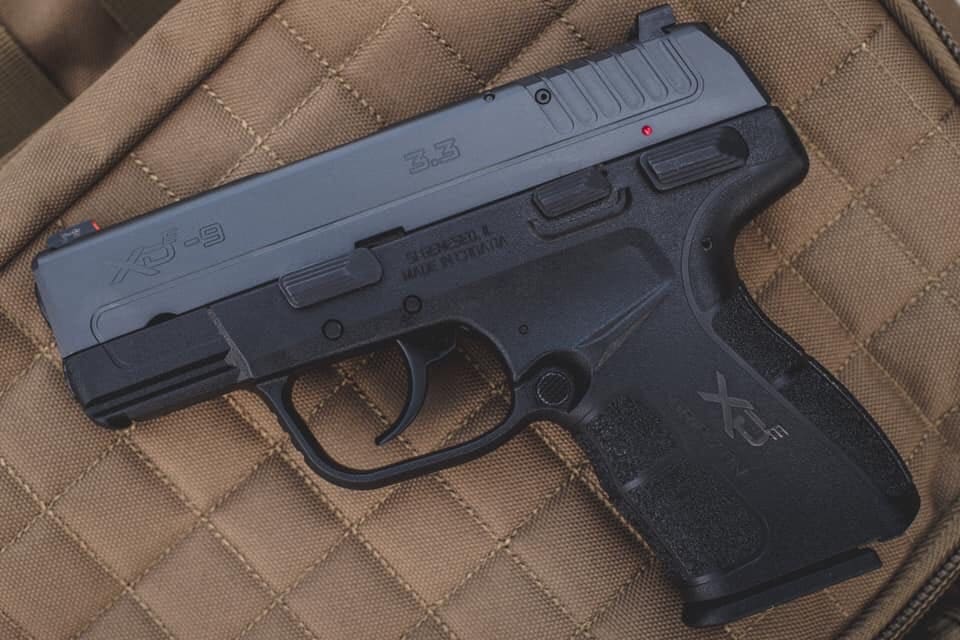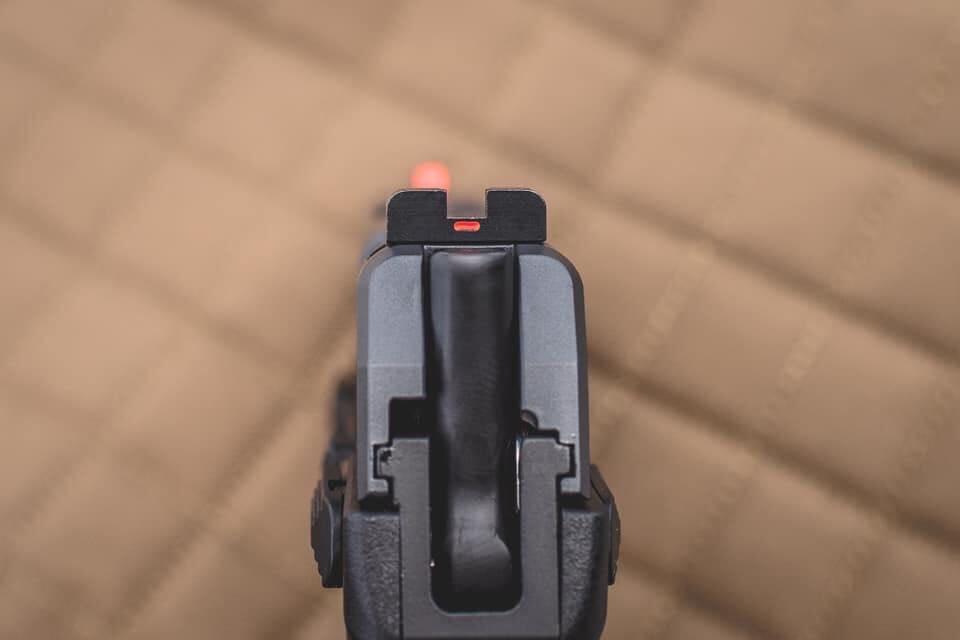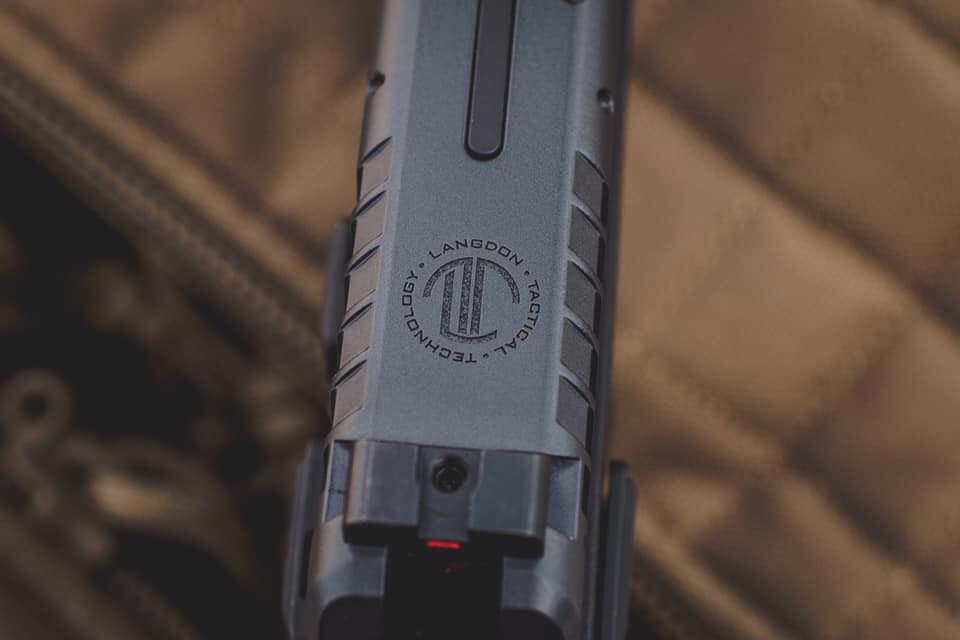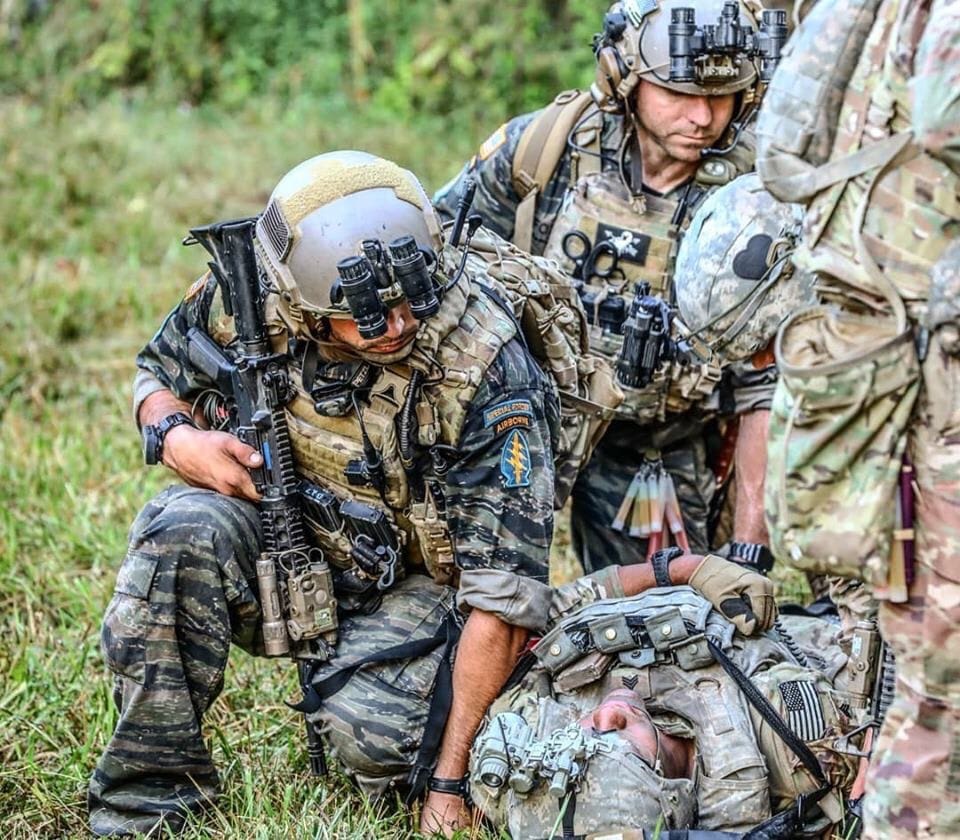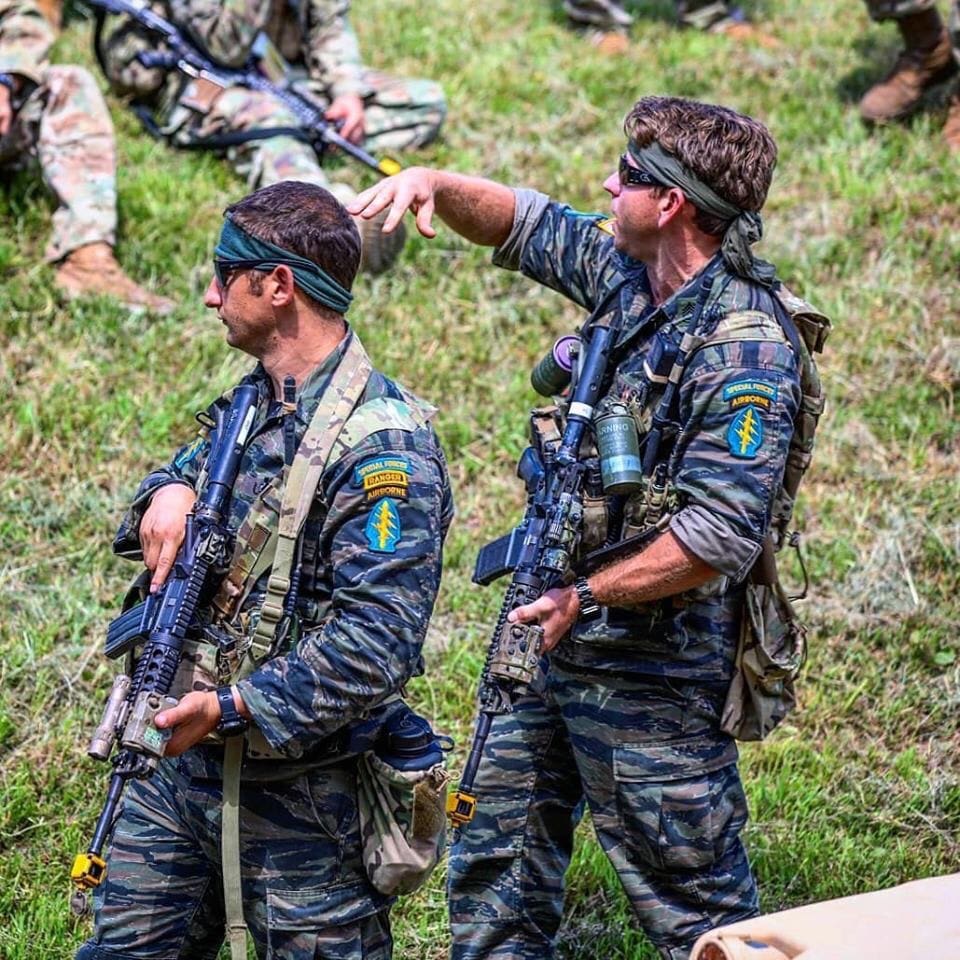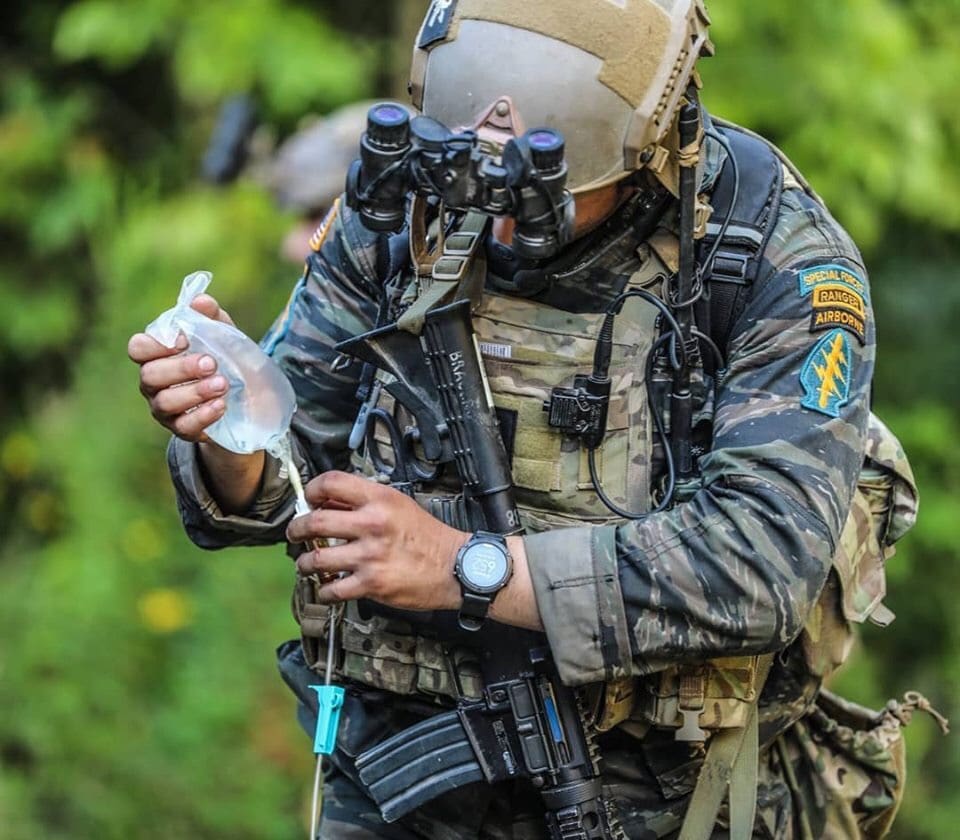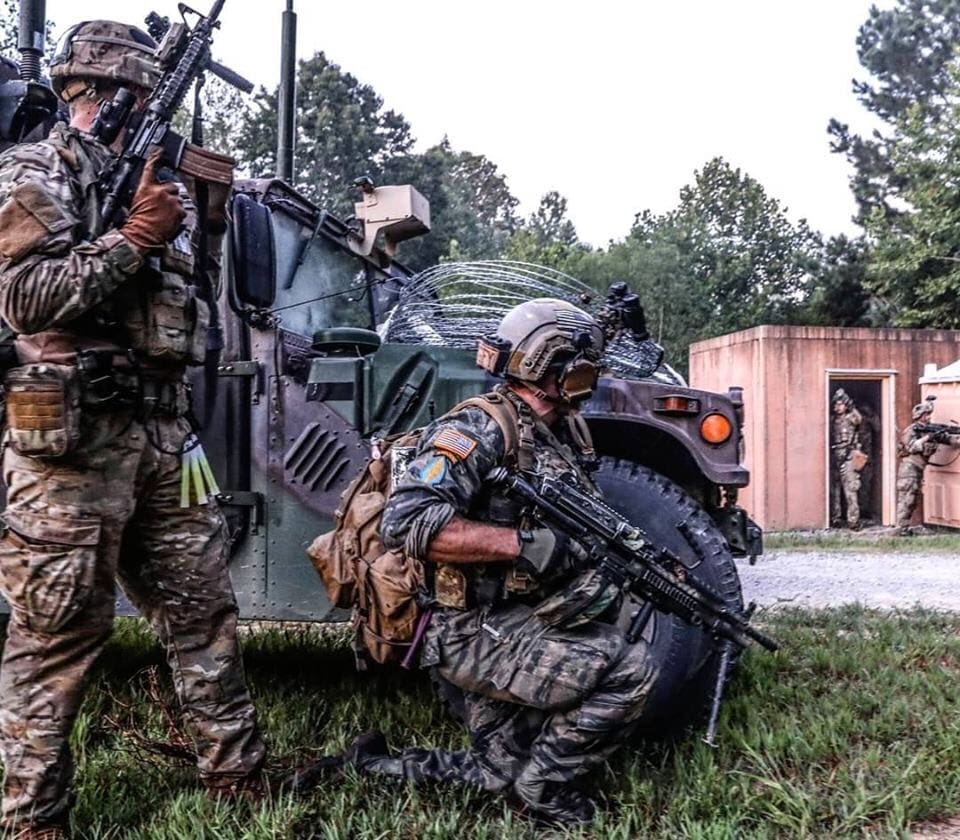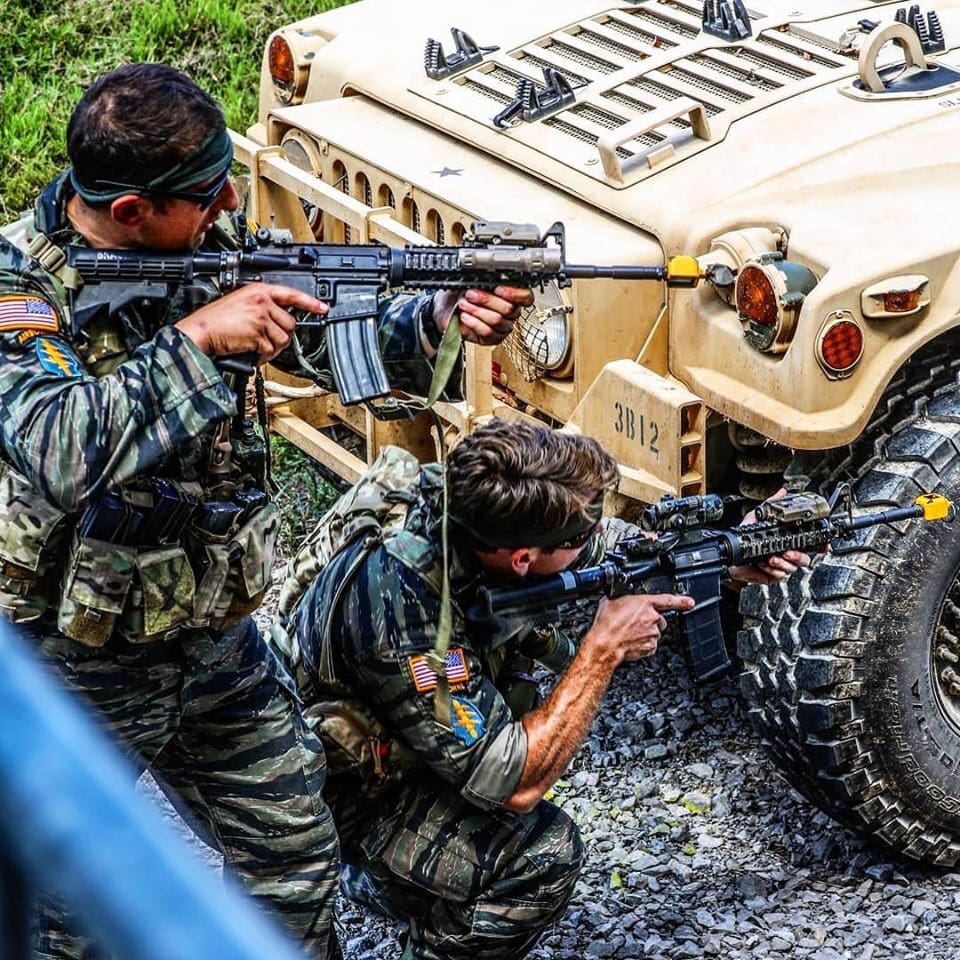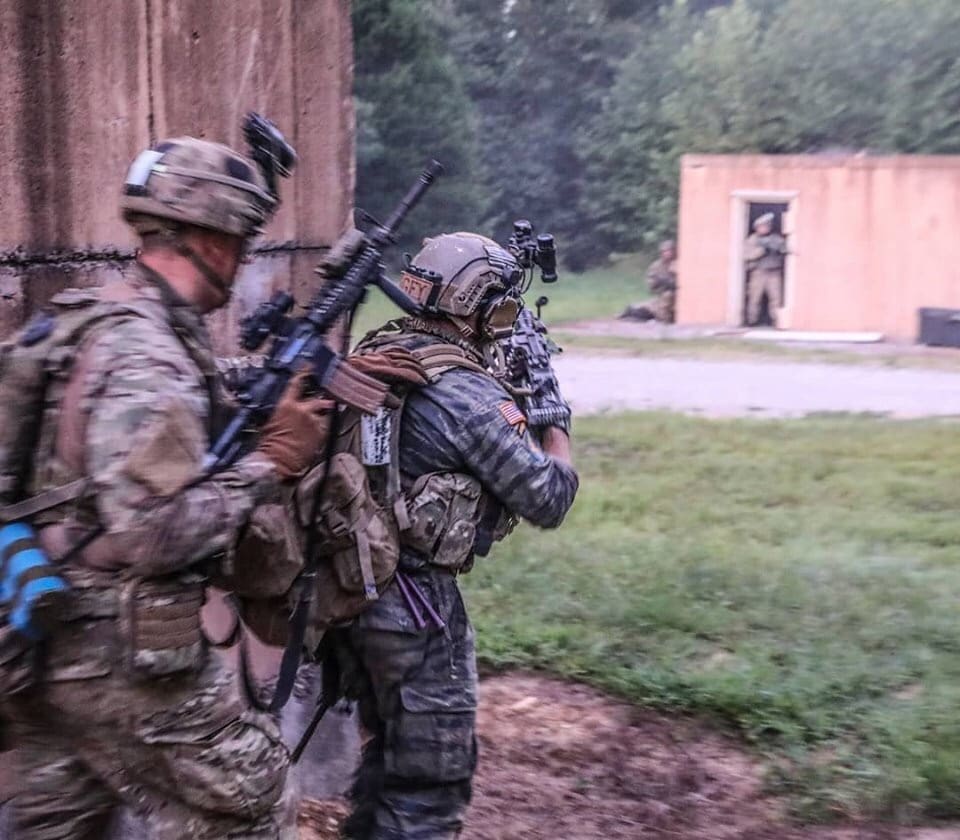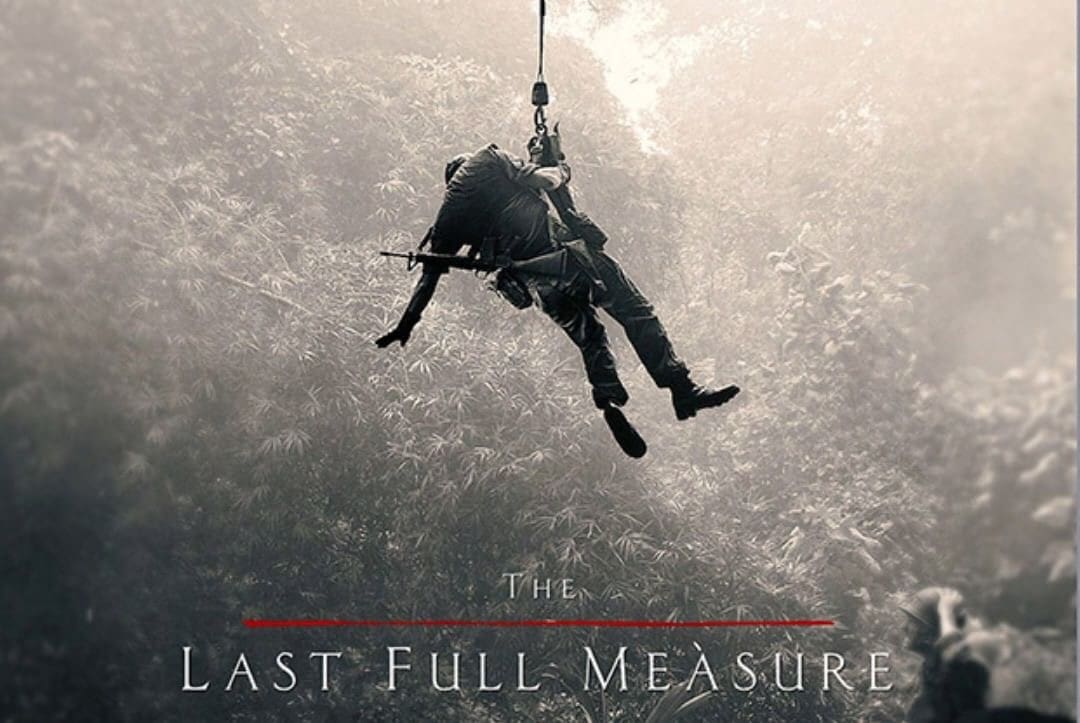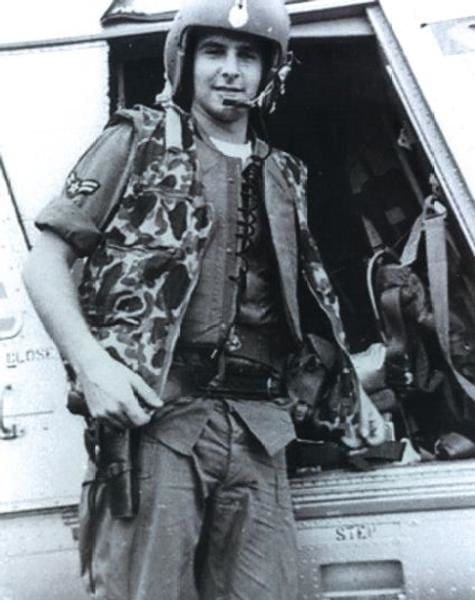STERNA is a non-magnetic based target acquisition system. STERNA offers Plug and Play capability for SAFRAN Optics 1 handheld surveillance/reconnaissance equipment, like the HRTV previously featured here. In fact, swapping payloads only takes five seconds.
Because it is non-magnetic, it will not be disturbed if used right by a heavy armored vehicle and will operate in a hardened concrete environment, such as indoors in heavy urban terrain.
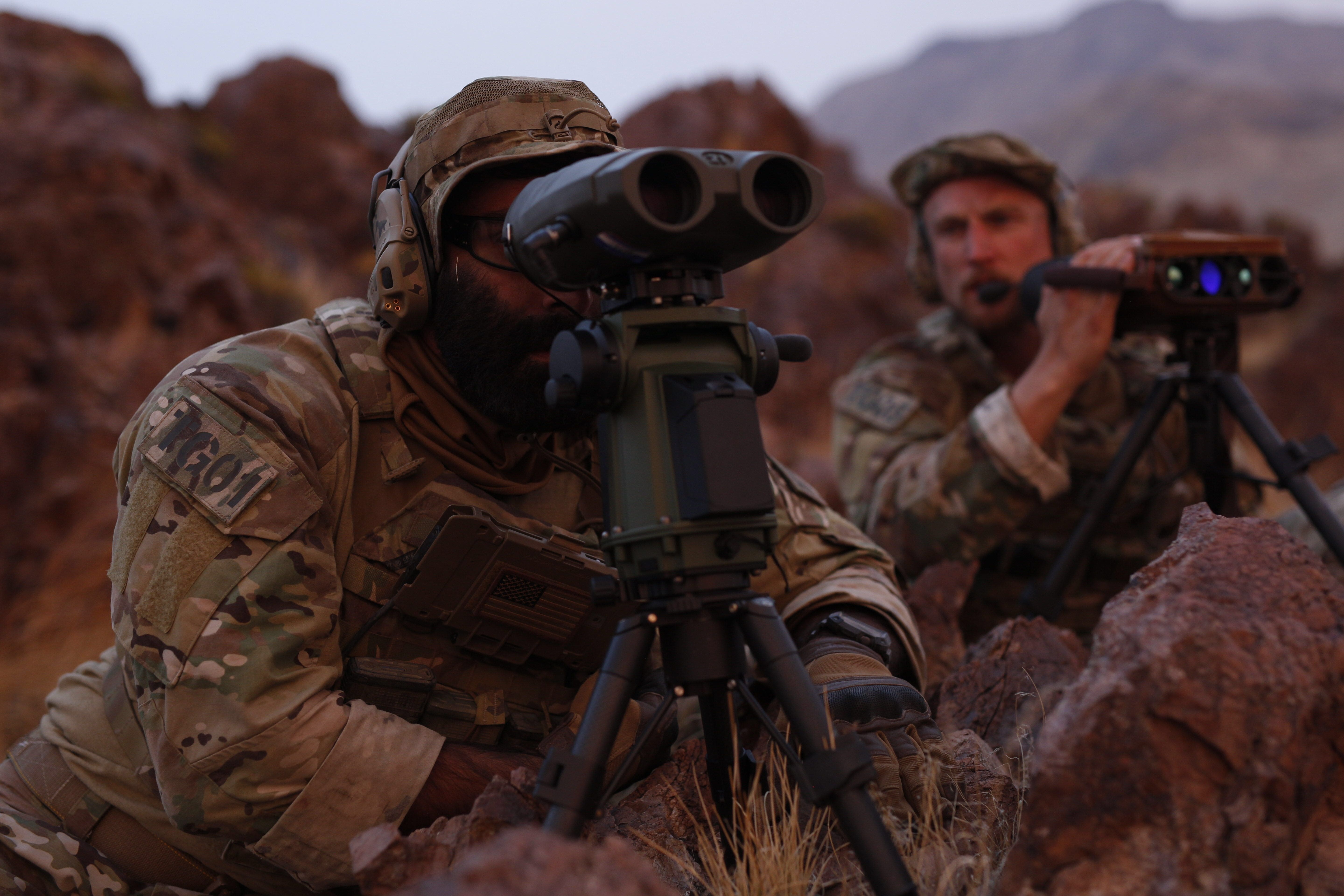
Based on known or surveyed reference points, the system achieves consistently an accuracy of better than 1 mil 1) at any latitude. If reference points are not usable, the STERNA will use its internal gyroscope to determine the True north. That accuracy is typically of 2mil, up to ~ 60°, and typically 3 mil at 65°.
Using reference points gives a typical TLE95 2) of less than 6 m at 1.3 km. That makes STERNA a CAT-I capable system at that range – with all Vectronix payloads.
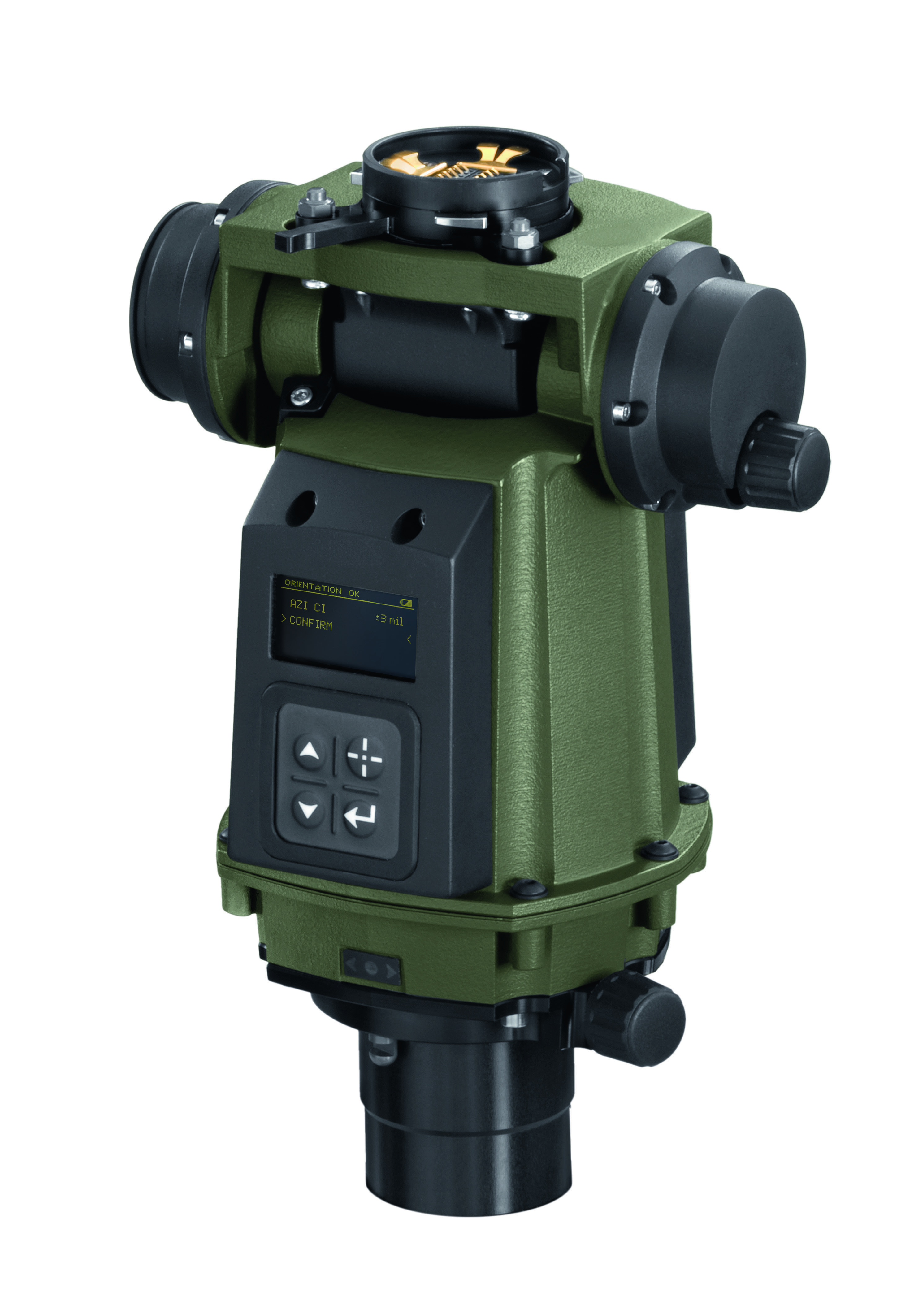
Thanks to its integrated gyroscope, STERNA provides True North capability, even in GPS denied environments and once it finds North, STERNA will display the figure of merit of its accuracy at one sigma.
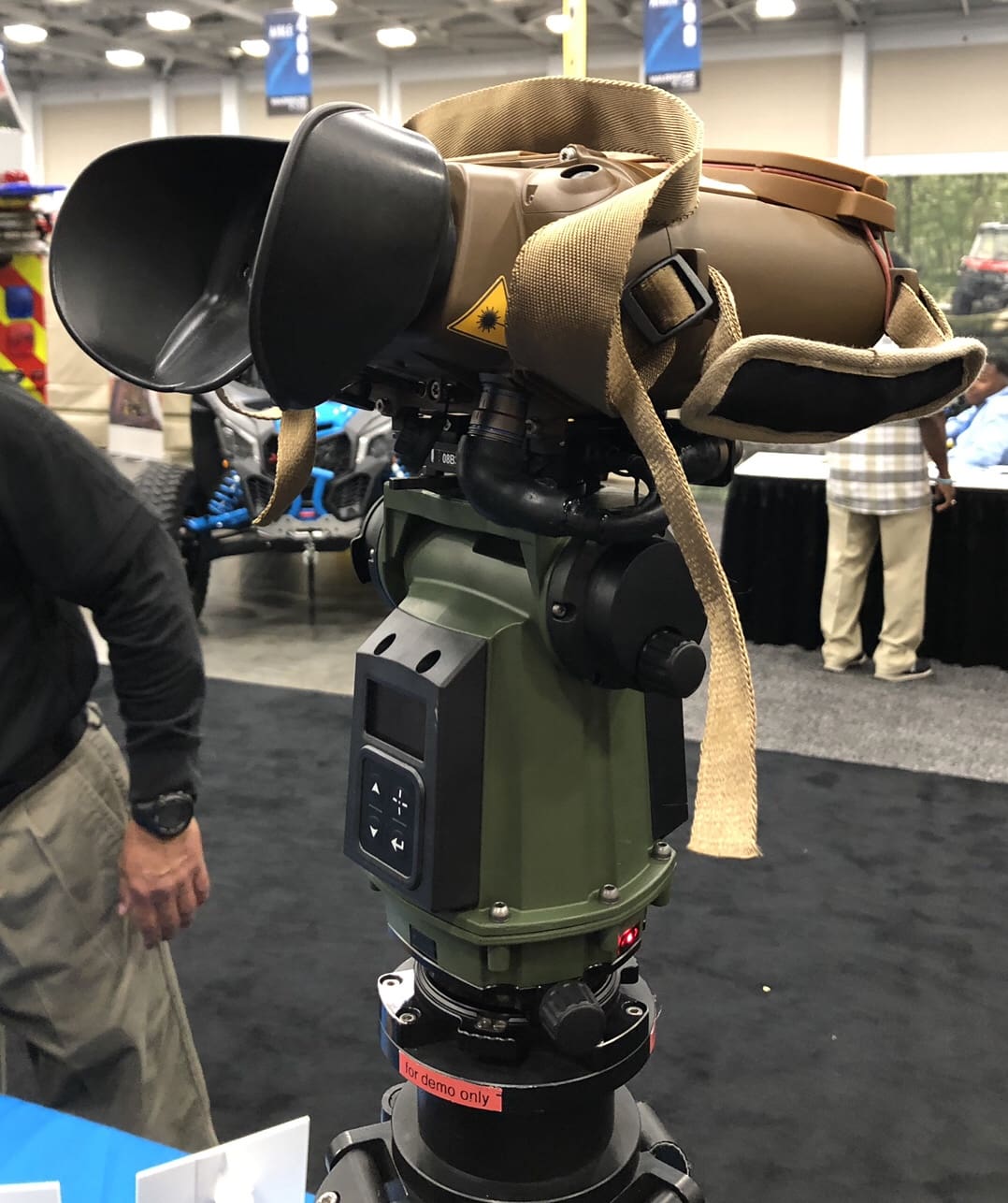
STERNA also includes a “Dangerous Distance” function to protect the operator and avoid friendly fire.
STERNA operational mode supports missions lasting for up to 72 hours with its internal batteries. It can be used on most common Tripods with use of a Tripod Adaptor and weighs in at below 3 kg.
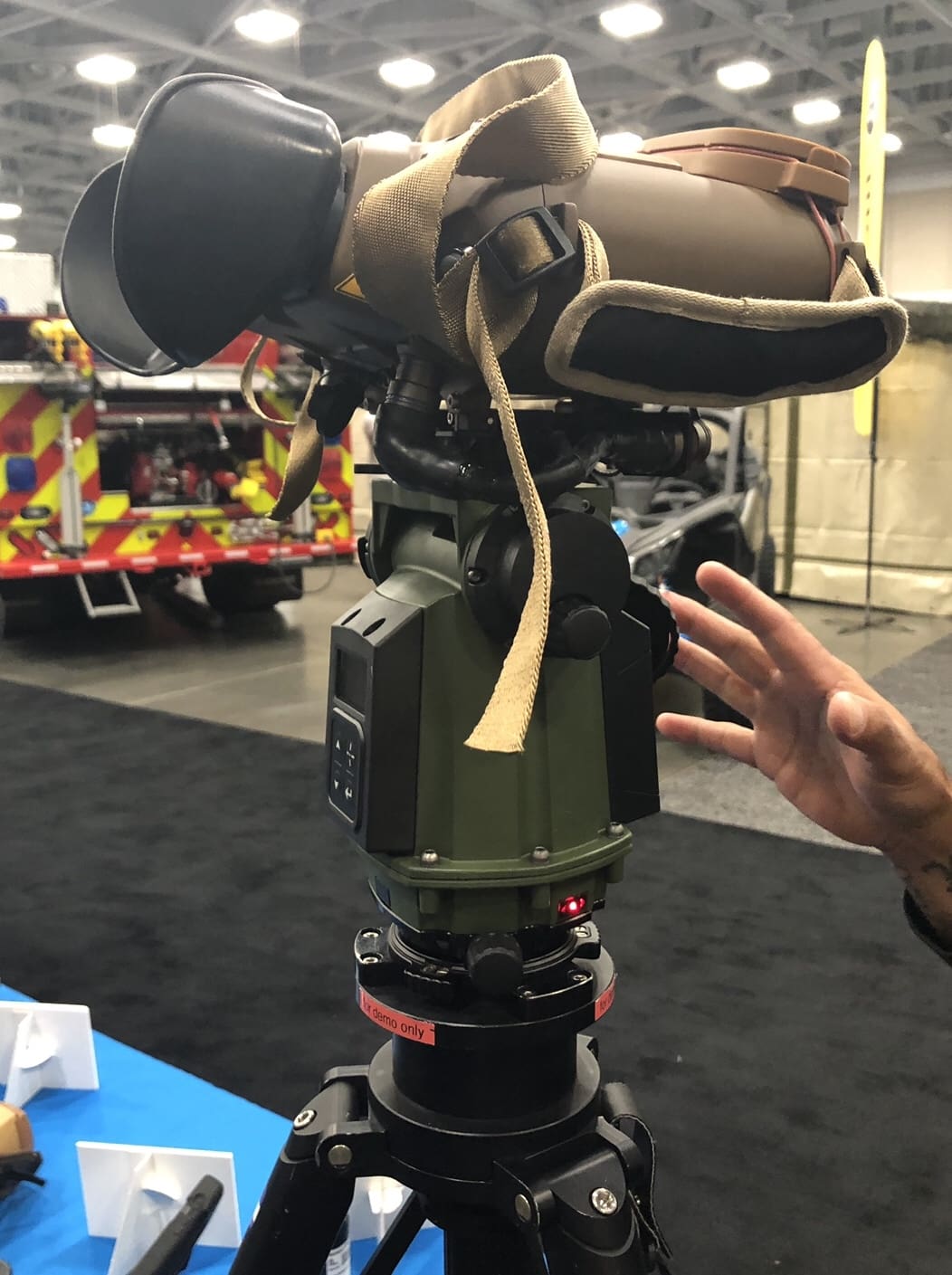
STERNA has been fielded by the US Marine Corps, Army, and Air Force along with other international military units.


